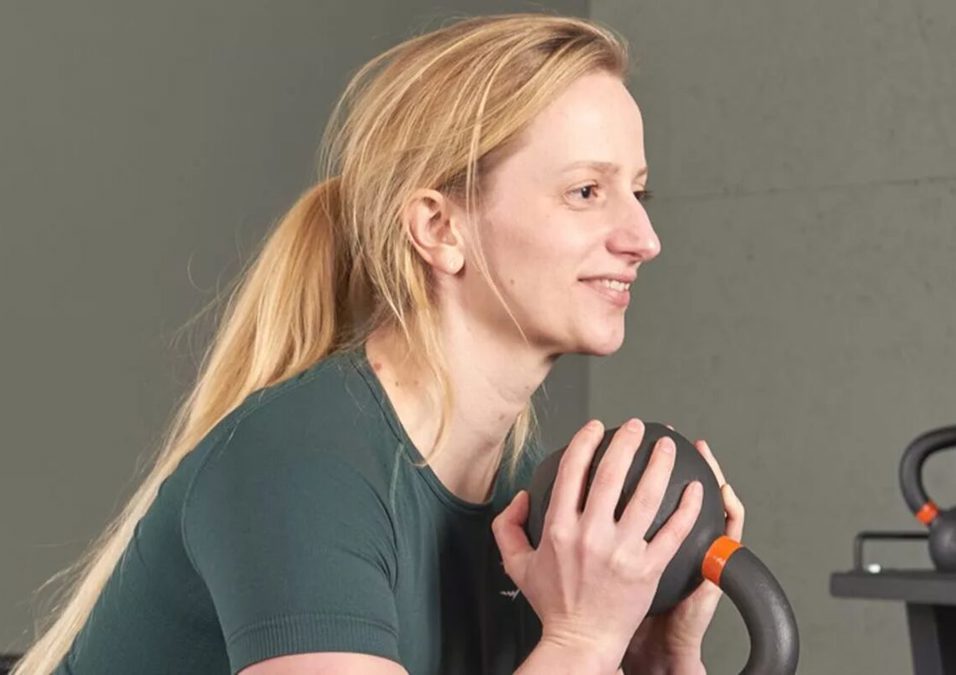Endometriosis: Fitness Tips

SIGN UP FOR YOUR FREE DAY PASS TODAY!
Individuals living with endometriosis often face difficulties when it comes to exercising due to the condition’s symptoms.
A fitness expert who personally manages the chronic illness has shared valuable advice on how to incorporate exercise effectively.
Endometriosis affects around 1 in 10 women and girls of reproductive age in the UK, as reported by Endometriosis UK.
This chronic condition, which impacts 10% of the global population, is caused by cells similar to those in the uterus growing outside of it, usually in areas like the ovaries, fallopian tubes, and the pelvic lining.
The symptoms of endometriosis, such as chronic pain, fatigue, pelvic and menstrual pain, anxiety, and low moods, can significantly impact everyday life.
Relationships and physical intimacy may also suffer due to painful symptoms, including discomfort during sexual intercourse.
For those with these challenges, maintaining an exercise routine can often feel daunting.
To highlight Endometriosis Awareness Month, fitness expert Lisanne Van Ingen, who works with Mirafit (mirafit.co.uk), shared her insight on managing an active lifestyle with the condition.
Having faced her own diagnosis, she offers practical tips to others in similar situations.
“Regular and progressive training can be less straightforward for people with endometriosis, but it’s certainly not impossible to enjoy exercise and even train hard with this condition,” Lisanne explains.
Over the years, she has developed a personalized training approach that works for her after much trial and error.
For those seeking to create an effective fitness routine with endometriosis, she offers these tips:
1. Understand Your Triggers
Lisanne advises, “Some women find heavy lifting can trigger pain, while others experience discomfort during running or jumping.
There’s no definitive rule about which exercises to avoid with endometriosis, so each person has the chance to explore what suits them best.”
2. Pay Attention to Your Body
Endometriosis symptoms can vary and change over time. “What feels right for your body one month may not work the next.
Stay aware of the signals your body gives you and adapt your workout plans accordingly.
Forcing your way through intense routines when your body needs rest could worsen symptoms or lead to injury,” she explains.
3. Seek Professional Guidance
“If you’re struggling to find exercises that align with your symptoms, don’t hesitate to ask for advice,” Lisanne recommends.
Turning to a specialized personal trainer or medical professional can help you find the support and strategies best suited to your needs.
4. Stay Active
Although rest plays a key role in managing endometriosis, movement remains equally important.
“On rough days, even a short walk or light mobility exercises can make a difference.
Staying active, even in small ways, helps you maintain the habit of exercise, which can significantly improve both physical and mental health,” she advises.
Lisanne emphasizes that having endometriosis doesn’t mean giving up on sports or fitness altogether. Instead, it requires a flexible approach and self-compassion.
“By consistently taking small steps in the right direction, you can still reach your fitness goals,” she encourages.
With patience and personalized adjustments, those living with endometriosis can successfully incorporate exercise to support their overall well-being.
Source: mirror
The opinions shared in the GymNation blog articles are solely those of the respective authors and may not represent the perspectives of GymNation or any member of the GymNation team.
GET YOUR FREE TRIAL TODAY

















































































